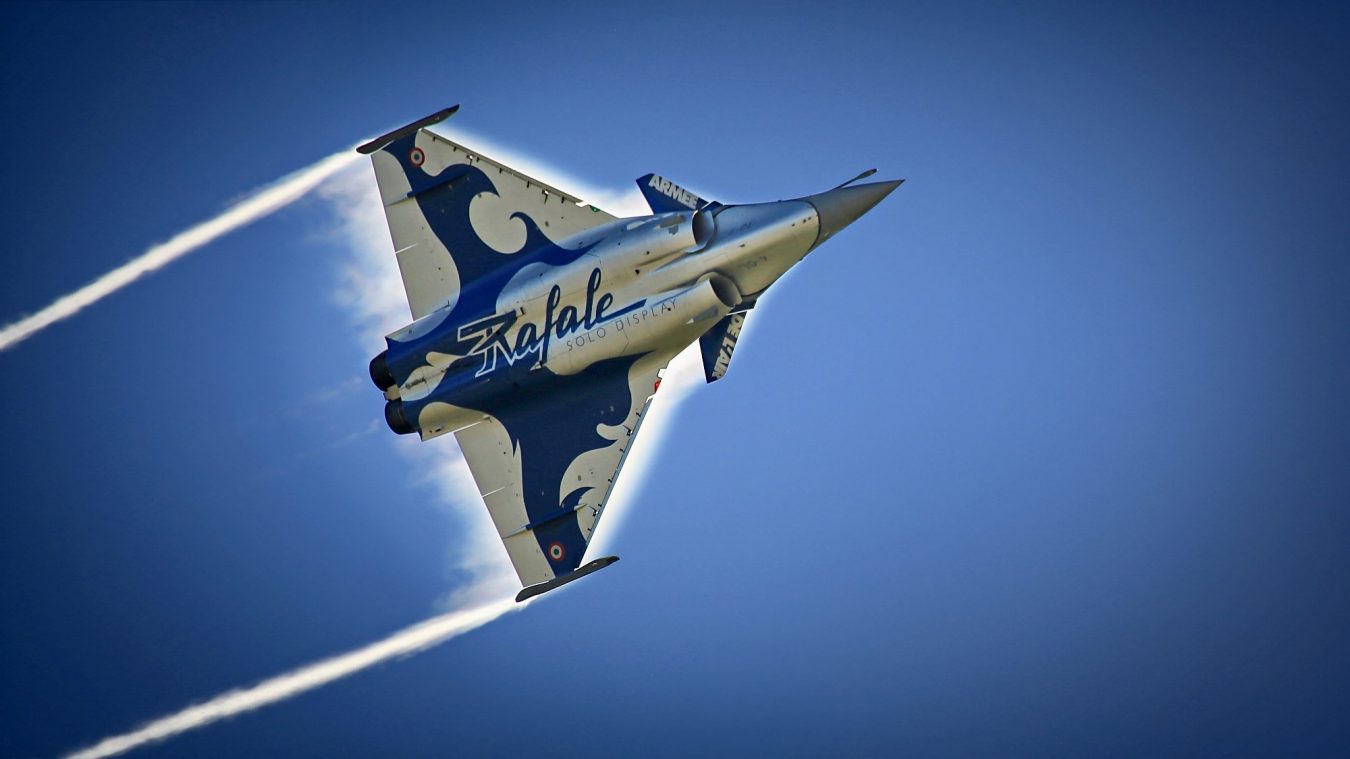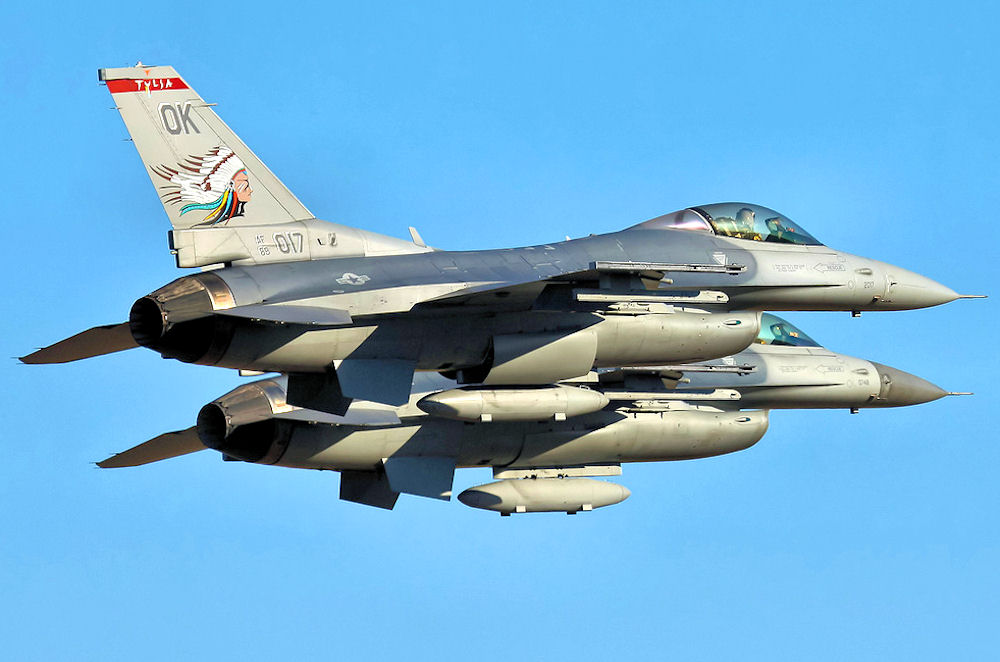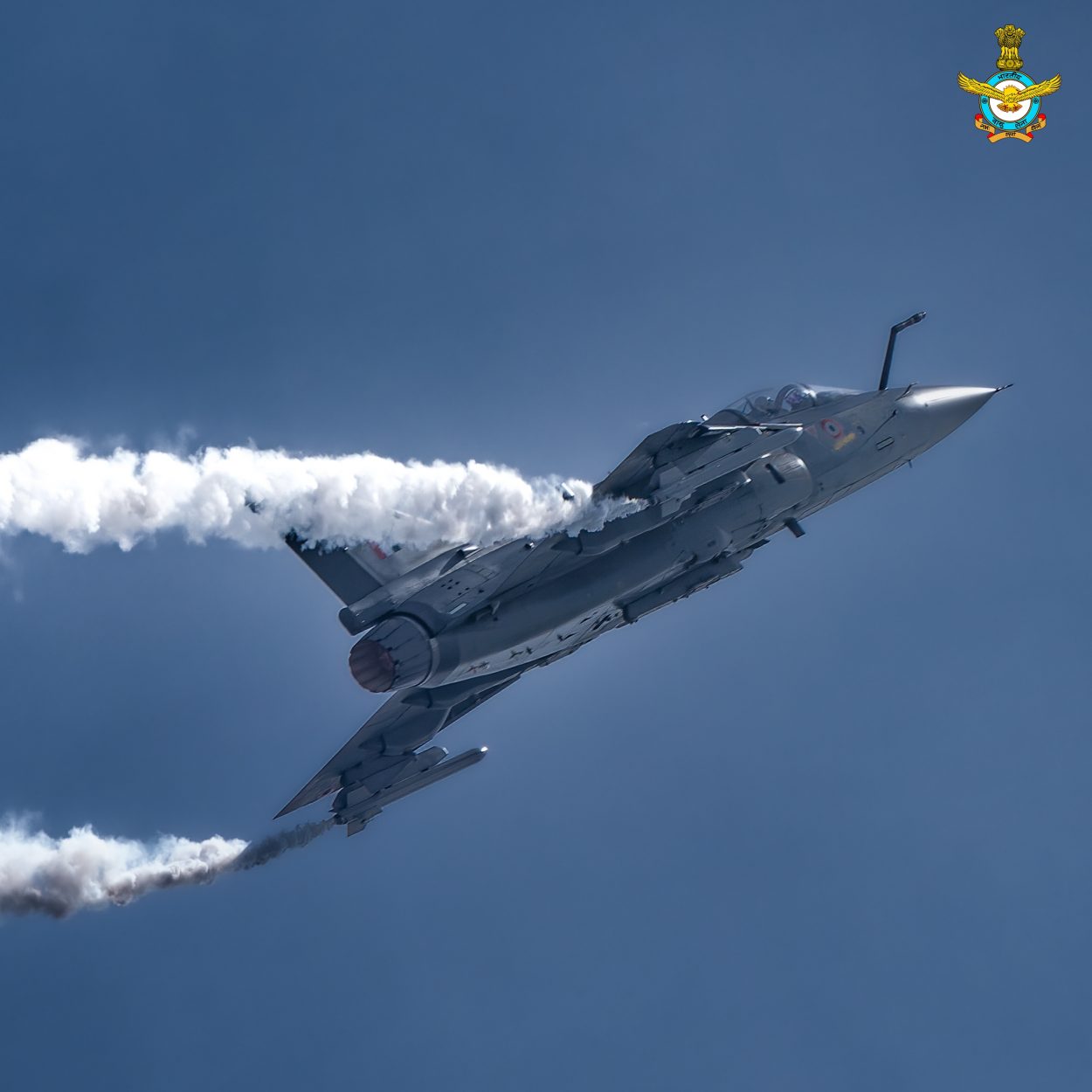One of the major fallout of the ongoing war in Ukraine is the increasing geopolitical importance of liquid oil (the most important source of energy), its availability, and its costs. This, in turn, is affecting the militaries all over the world.
In the domain of defense, energy, when readily and plentifully available, has the potential to be an enabler of hard power. But, when it is to be bought at a high price or denied directly or indirectly by the adversaries, energy turns out to be a weapon of war.
Therefore, energy considerations have always been essential to the mission delivery of armed forces worldwide. Whether it is the operations in theaters of conflict or for transport of the armies, air forces, or the navies or managing the defense installations and forwarding, energy management is the key.
Energy enables nearly everything the military does. And “security” is derived through “energy powering capable major weapons systems and communications infrastructure at the desired levels of performance, range, and readiness.”
Every country, therefore, needs to secure oil supplies and tries to maintain the stability of world oil markets. And there has always been a correlation between military spending and the price of oil.
If one happens to be an oil exporter and the oil price is high, the country’s military expenditure, including imports of sophisticated arms, is usually higher. The reverse is the case if the income over oil export gets low.
In oil-dependent countries, a stable and affordable oil price is the prime requirement for their militaries. If the oil market is unstable and costs rise very high, defense management becomes a priority.
Crucial Issues Of Defense Management
Defense management under such circumstances may have many features, four of which are particularly noteworthy:
First, oil-importing countries may scale down arms purchases from international markets. This will adversely affect the countries depending on a great deal on the arms exports for their healthy economy and employment fronts.
Secondly, countries may go for austerity measures in their defense preparations, including training and preparatory measures. For instance in 2013, when the oil prices at the then prevailing rates touched sky high, the Indian defense ministry asked the armed forces to reduce fuel use by 20-40%.
This made soldiers, commanders and analysts bewildered and worried about the country’s overall defense preparedness.
Pilots wondered if they should fly fighter jets with half-full tanks while the army struggled to find ways to economize on the crucial movement of men and material across rough terrain or to cut the use of diesel in lighting up camps and barracks in remote areas where many stretches were not connected to the electricity grid.
IAF’s Fleet Cards
While Indian officials do not reveal their current plans, following the war in Ukraine, citing “strategic reasons”, it is understood that the ministry of defense has devised ways for uninterrupted availability of oil.
It may be noted that last week, the Indian Air Force (IAF) made a major shift in its ‘fuel supply’ logistics management by collaborating with the Indian Oil Corporation Limited (IOCL).

It introduced the ‘Fleet Card – Fuel on Move’ for its varied fleet of vehicles. This step is seen to enhance the rapid mobility of required forces and also improve operational tasks.
Presently, IAF procures fuel from various agencies and stores as well as distributes the same within the Air Force establishments. Therefore, any mobility by road is constrained by the convoys having to necessarily stop at AF Stations for re-fuelling.
With the advent of the Fleet Cards, IAF will be able to utilize the vast network of retail fuel distributors across the country to refuel its vehicles on the move. The measure will greatly enhance the rapid mobility of IAF forces across the country who can now take the shortest route between two places without being constrained by the requirement of routing through military stations for refueling.
Available data does not help in finding out the quantum of the oil the Indian military consumes every year (of course, it is a difficult task as the quantum depends on the specific needs at a given point of time that cannot be determined).
However, reliable sources told this writer that the actual amount spent by the three services (excluding Joint Staff) on petrol, etc. in the FY 2019-20 was Rs 6,279.60 crore (around 850M USD).
The Revised Estimate for the FY 2020-21 was Rs 5,262,66 crore (700M USD) (probably because of fluctuation in price) and the Budget Estimate for the FY 2022-23 was Rs 4,466.80 crore (600M USD).
All these are approximate figures which include expenditure on petrol, diesel, LPG (except in the case of the Air Force), superior kerosene oil, and other items, and exclude coal, firewood, lubricants, and grease.
In the United States, the Department of Defense (DoD) is the largest US government user of energy. Studies reveal that whereas in World War II, the United States consumed about a gallon of fuel per soldier per day, in the 1990–91 Persian Gulf War, about 4 gallons of fuel per soldier was consumed per day.
In 2006, the US operations in Iraq and Afghanistan burned about 16 gallons of fuel per soldier on average per day, almost twice as much as the year before.

In fact, in a Congressional hearing, it has been said that “during the Gulf war, a contemporary US Army ‘heavy’ division, to illustrate, used more than twice as much oil daily as an entire World War II field army.
Indeed, the 582,000 people the US sent to the first gulf war used more than twice as much oil every day as the entire 2-million-man Allied Expeditionary Force that liberated Europe in World War II. But, as high as that use was, it’s even higher now.
There’s been a 20% increase in the amount of oil for a deployed soldier that we now require. It now is one barrel of refined products per soldier per day. And it’s going to go up further from there.”
Similarly, the problem of fuel consumption and the security of fuel supplies did affect the largest NATO operation in history Afghanistan. It has been found that in late 2012, ISAF forces (International Security Assistance Force) amounted to more than one hundred thousand troops consuming more than 1.8 million gallons of fuel (6.8 million liters) every day, 99% of which was delivered by truck from abroad.
The fuel traveled through Pakistan, but, after an air attack that accidentally killed 24 Pakistani soldiers in 2011, the border was closed by the Pakistan government, and NATO forces were forced to shift all the supply of energy to the North, through the Northern Distribution Network (NDN), a rail link of more than 5,000 km starting from Latvia, traversing Russia, Kazakhstan and Uzbekistan until the city of Termez, where trains were offloaded and the fuel was moved to trucks that crossed the border to Afghanistan. One just can imagine how all this would have cost.
Thirdly, and it is a logical corollary of the above point, leading militaries of the world are trying to minimize the use of oil (liquid fuels) by using alternate sources of energy such as bio-fuel mixes and solar power. As pointed out once by the EurAsian Times, now roadmaps are being devised to reduce carbon emissions by using more green energy and protecting military bases against damage from global warming.
Work On Bio-Jet Fuel
In India too, work is on to produce bio-jet fuel. In November last year, a Dehradun-based research lab got provisional governmental approval to produce bio-jet fuel for use on military aircraft of the Indian Air Force (IAF).
The technology, developed by the Indian Institute of Petroleum (CSIR-IIP), a constituent laboratory of the Council of Scientific and Industrial Research, has undergone evaluation tests and trials over the last three years.

Fourthly, and this is extremely important, most of the modern technologies, including the internet, originated from defense needs. In a sense, these are byproducts of what is said to be the Revolution in Military technology (RMA).
Modern civil aviation has been built upon a series of twentieth-century military innovations and many forged during conflicts — gas turbines (jet engines), airframes, radar, cabin pressurization, de-icing, and many more.
In space, it is the RMA that brought out satellite-based technologies in communications, geo-positioning, and earth observation (e.g. weather forecasting).
The point here is that, given recent history, the acute dependence on oil will accelerate the efforts toward developing weapons and their platforms that are less dependent on oil. The rapid increase in the use of remotely piloted aircraft (drones) in the theaters of war is a manifestation of such exercises.
All told, modern warfare realized the importance of oil in wars before World War I when Winston Churchill, then First Lord of the Admiralty, converted the British fleet from Welsh coal to foreign oil.
The resulting gain in speed and decrease in logistical burden gave the British Royal Navy a critical advantage over the Axis powers. The action proved decisive and enabled the allied power to “float to victory on a sea of oil”.
As oil replaced coal then, something may replace oil for victories in wars tomorrow. After all, the RMA is a process in continuity.
- Author and veteran journalist Prakash Nanda is Chairman of Editorial Board – EurAsian Times and has been commenting on politics, foreign policy on strategic affairs for nearly three decades. A former National Fellow of the Indian Council for Historical Research and recipient of the Seoul Peace Prize Scholarship, he is also a Distinguished Fellow at the Institute of Peace and Conflict Studies. CONTACT: prakash.nanda@hotmail.com
- Follow EurAsian Times on Google News




